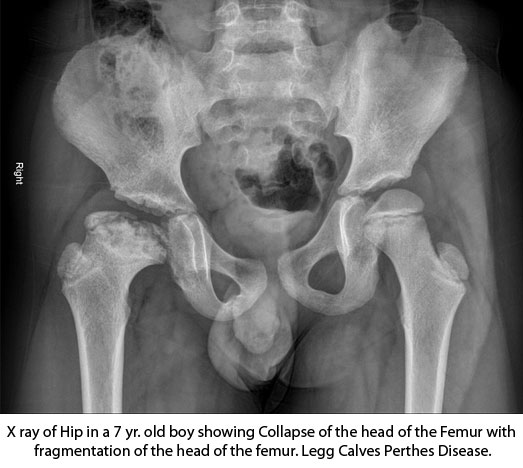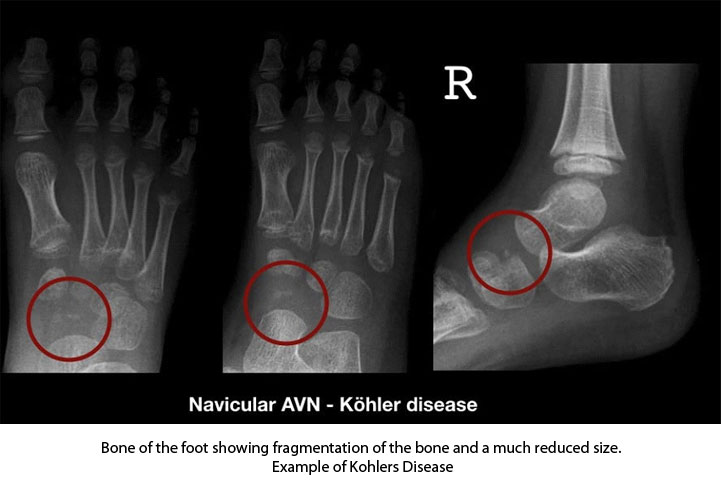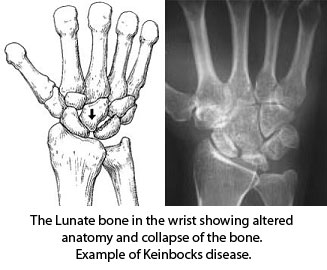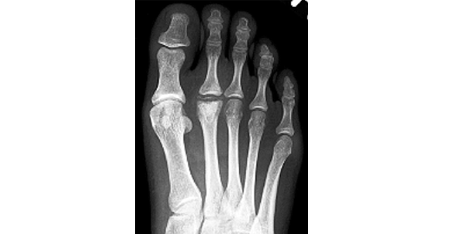

This essentially stands for loss of blood supply to a specific part of the bone. It is a relatively common condition and seen at the cancellous end of many bones. The reason for the ends of the bones getting affected is mainly to do with the pattern of blood supply of that bone.
The normal sequence of events is for the blood supply to cut off leading to changes in the structure and the make up off the bone. The weakening of the structure of the bone takes place over few months and sometimes even years. the bone loses its inherent architecture and can collapse under the weight of the body or the force on the bone itself. As most of these areas are in the joint, they can actually cause disruption of the smooth articular surfaces of the bone leading to prolonged problems and complications. The bone however can revascularize, itself which is to say that the blood supply can start again but the period in which it will start is not very certain but there is no doubt about the capacity of the bone to regenerate. If the bone however collapses in the meanwhile, then arthritis would be inevitable.
The age of onset of symptoms can be very variable depending on the bone involved and the cause for the am we in. hey yes much more common in the younger age group the consequence this is can also be significant in that age group.
The most common bone to be affected is the head of the femur or as often called as the ball of the hip joint. The other bones involved could be around knee, shoulder, ankle and wrist. AVN also affects small bone of wrist and foot also. AVN of Different bone has special nomenclatures for their description.




Freiberg Disease involving head of 2nd metatarsal
In its early stages, AVN may not cause symptoms. As blood cells die and the disease progresses, symptoms may occur in roughly this order:
The time between the first symptoms and the inability to move a joint varies. In general, it ranges from a few months to more than a year. Symptoms may appear bilaterally, meaning on both sides of the body.
If AVN develops in the jaw, symptoms include exposed bone in the jaw bone with pain or pus, or both.
Injury or fracture that disrupts blood flow to a bone is the main cause of AVN. Other common risks and causes of AVN are:
Less common causes for AVN:
Men develop AVN more than women unless the cause is injury or lupus. It most often affects people aged between 30-60 yrs. of age. But people of any age can develop AVN.